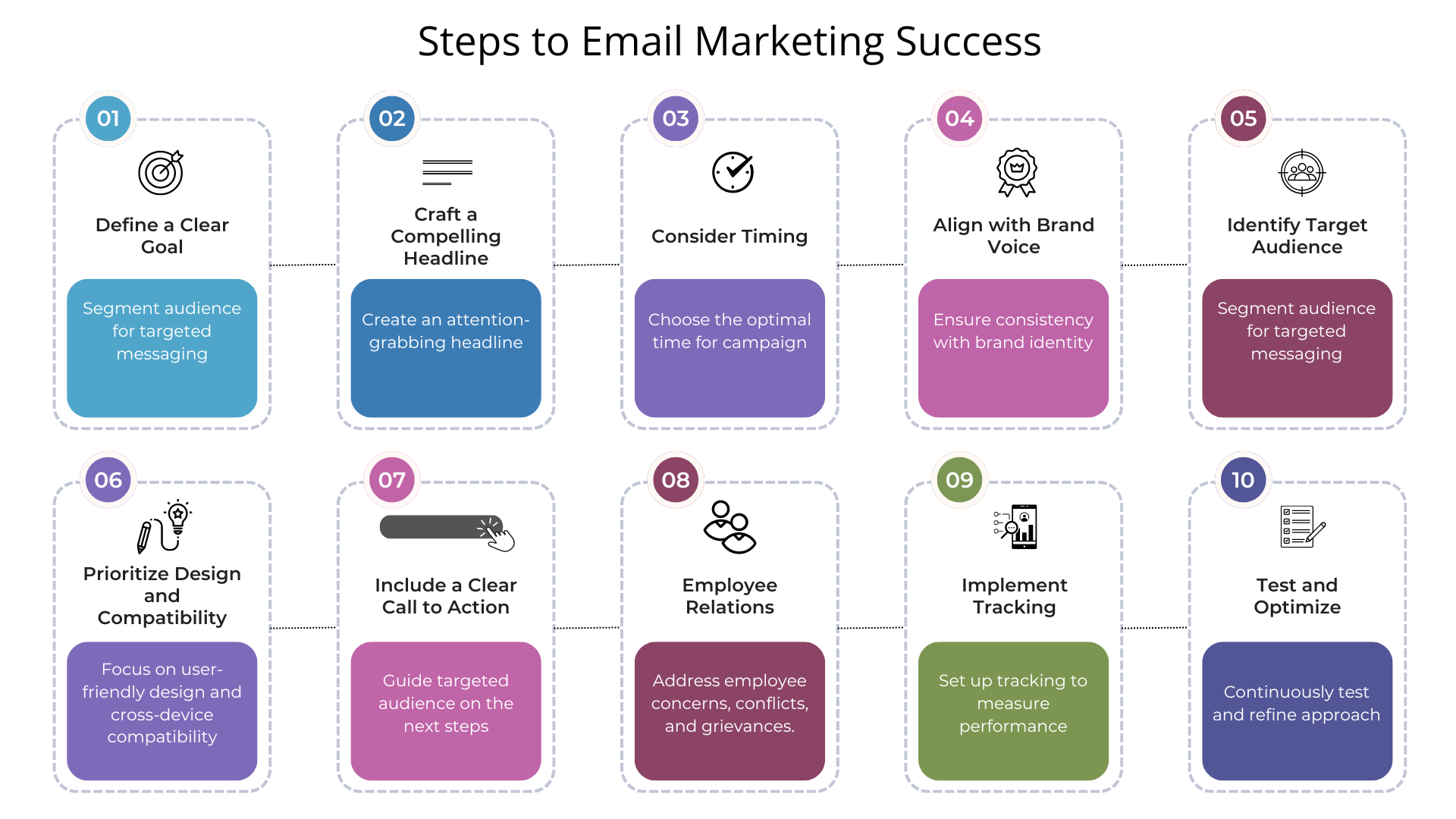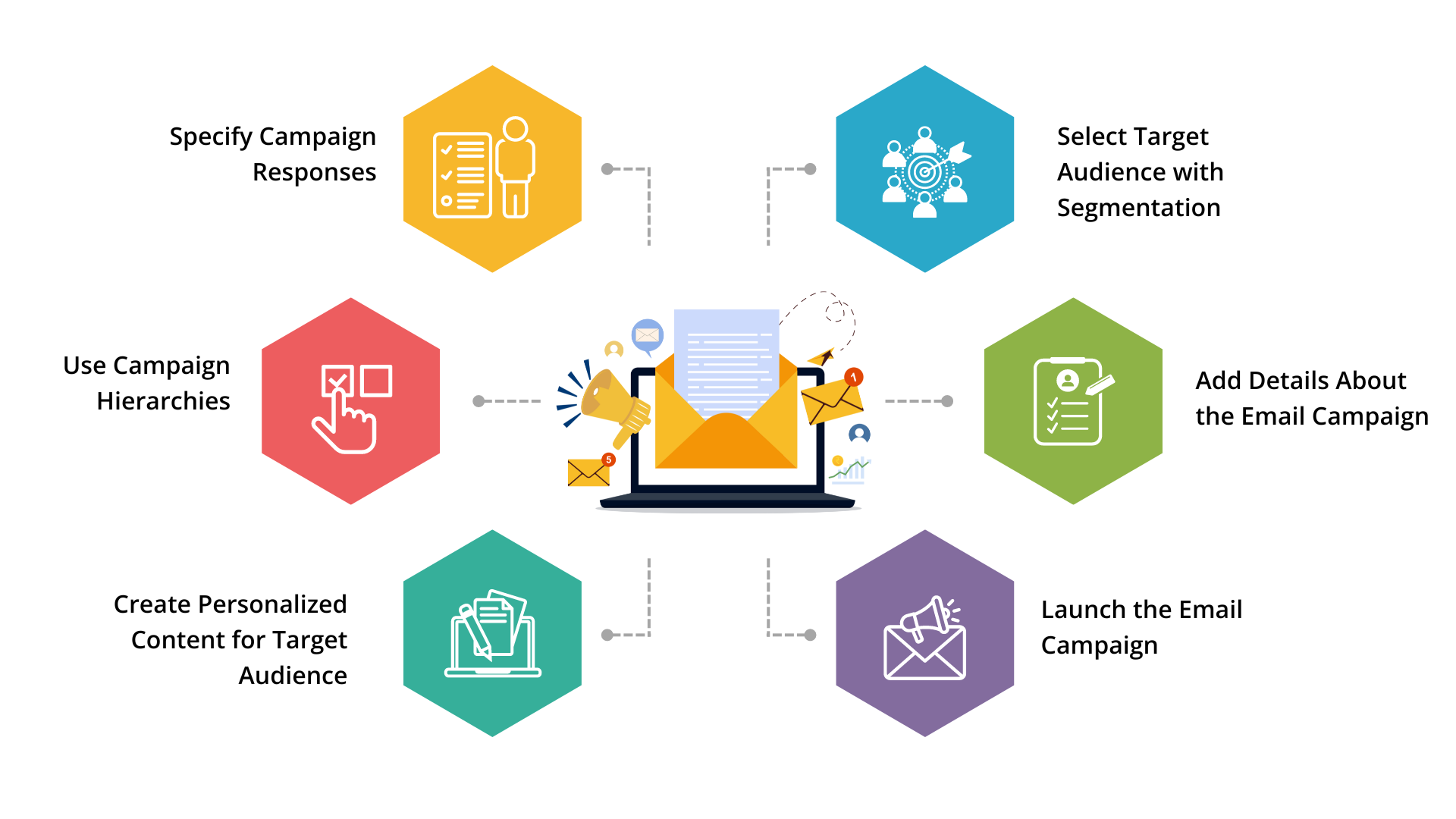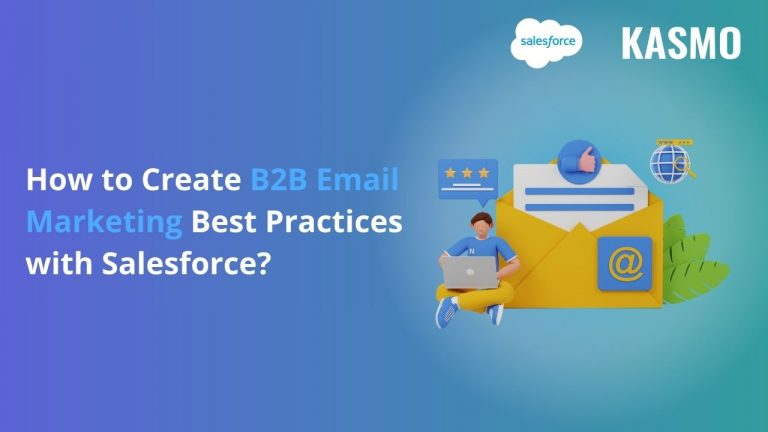Unlocking B2B Email Marketing Best Practices with Salesforce
Email marketing remains one of the most effective ways to reach and engage with customers. According to research conducted by Forbes, 73% of business marketers consider email marketing to be the best way to connect with prospective clients. The report also shows almost 81% of B2B marketers use email marketing to reach their targeted clients. Salesforce has built a powerful solution – Salesforce Marketing Cloud which offers powerful tools and features to optimize B2B email marketing best practices. How? Let’s dive in!
Understanding Salesforce Marketing Cloud
Salesforce Marketing Cloud (SFMC) is a platform that is designed to automate and streamline marketing efforts across various channels, including email, social media, mobile apps, SMS, and websites.
By investing in SFMC, organizations can centralize all their marketing efforts, enabling marketers to deliver personalized messages through the most effective channel at the optimal time. This ensures a cohesive and targeted marketing strategy that enhances customer engagement and drives better results.
Components of Salesforce Marketing Cloud
Before implementing SFMC for email campaign services, let us first understand the key components that make it a perfect solution for businesses:
- Journey Builder: Leverage marketing automation to create seamless customer journeys across email, mobile, advertising, website, and the Internet of Things (IoT). This ensures a unified experience across marketing, sales, and customer service.
- Audience Builder: Develop a comprehensive view of each customer by integrating data from various sources. Target specific audiences and segments throughout the customer journey, transforming data management into relationship building.
- Personalization Builder: Businesses can utilize Einstein’s predictive intelligence to enhance personalization. Combine customer profiles with machine learning algorithms to automatically display the most relevant content to everyone.
- Content Builder: Centralize all content and assets in one location. Efficiently manage assets with advanced search and tagging features, and securely share and approve content for enterprise-wide use.
- Analytics Builder: Monitor and evaluate the performance of email marketing campaigns. Gain new insights into customers through detailed reporting and predictive analytics.
- Marketing Cloud Connect: Synchronize customer data across marketing, sales, and service interactions. This will trigger messages based on customer interactions with any department, ensuring a cohesive and seamless experience.
Factors to Consider While Creating B2B Email Marketing Best Practices
Here are some points that businesses need to consider while setting up B2B email marketing practices with Salesforce:

Here are some more points on how businesses can create best email marketing practices:
Integrate Marketing Cloud
Salesforce Marketing Cloud (SFMC) is a powerful tool for managing email marketing campaigns. Integrate it with Salesforce CRM to ensure seamless data flow between the systems, maximizing the potential of segmentation functionalities in email marketing.
Import Contacts
To leverage Salesforce’s targeting capabilities, segment the email list properly. Import contacts from various sources like external databases, Comma-separated Values (CSV) files, or other marketing platforms. Ensure accurate data mapping to maintain data integrity.
Create Email Campaign Templates
Use Salesforce’s drag-and-drop builder to create visually appealing and responsive email templates that align with the businesses’ brand voice and style. Customize available templates or create new ones from scratch. Ensure they are mobile-friendly, as most people access emails via smartphones.
Set Up Automation Workflows
Simplify email marketing strategies with automated workflows, including triggered emails, drip campaigns (slow and steady series of emails), and scheduled emails. Use Salesforce’s automation tools to create workflows based on user actions, time delays, or specific dates, ensuring consistent and timely message delivery.
Build Tracking and Analytics
Businesses need to monitor the email campaigns’ performance by setting up tracking and analytics. Salesforce Marketing Cloud provides built-in analytics to track key metrics like conversion rate, click-through rate, and open rate. Use tracking links to gain insights into audience behavior.
Create Email Campaign with Salesforce: A Step-by-Step Process
Email campaigns are an important part of email marketing. Businesses can create successful email campaigns to build a strong audience base. Here’s a step-by-step process to help businesses build their first email marketing campaign:

Why Choose Salesforce to Create B2B Email Marketing Best Practices?
Here’s why Salesforce is a good choice for email marketing:
Centralized Data Management
Salesforce allows businesses to consolidate all their customer data in one place. Centralized data management ensures consistency and accuracy, making it easier to segment audience and personalize emails. Additionally, it streamlines marketing efforts and improves overall efficiency.
Advanced Segmentation
Salesforce offers robust capabilities for audience segmentation, enabling users to create highly targeted segments. Businesses can use various criteria, including demographics, purchase history, behavior, and engagement levels, to segment the audience. This precise detailing ensures relevant mailings and personalization, which can considerably increase ROI and click-through rates.
Automation
One of the main advantages of using Salesforce for B2B email marketing is its automation capabilities. Tasks such as welcome emails, follow-ups, and abandoned cart reminders can be automated through Salesforce Marketing Cloud. This automation saves time, ensures uniformity, and guarantees timely delivery of messages, thereby improving overall campaign performance.
Integration
Salesforce easily integrates with a wide range of advertising tools and CRM platforms, including social media, ads, and analytics solutions. This integration allows businesses to execute cohesive marketing campaigns across multiple channels, increasing your market reach.
Analytics
Salesforce Marketing Cloud provides advanced analytics tools that offer detailed insights into campaign performance. Businesses can monitor key metrics, identify patterns, and generate comprehensive reports to evaluate the effectiveness of their campaigns. These insights enable data-driven decision-making, enhancing B2B email campaign services.
Conclusion
To help businesses create B2B email marketing best practices, Salesforce is offering tools to centralize data, enhance personalization, and automate campaigns. Its features, like Journey Builder and Audience Builder, enable targeted, impactful emails. Its advanced analytics and integration capabilities drive data-driven decision-making. By leveraging Salesforce’s robust platform, businesses can optimize their email marketing strategies, boost engagement, and achieve better ROI.


